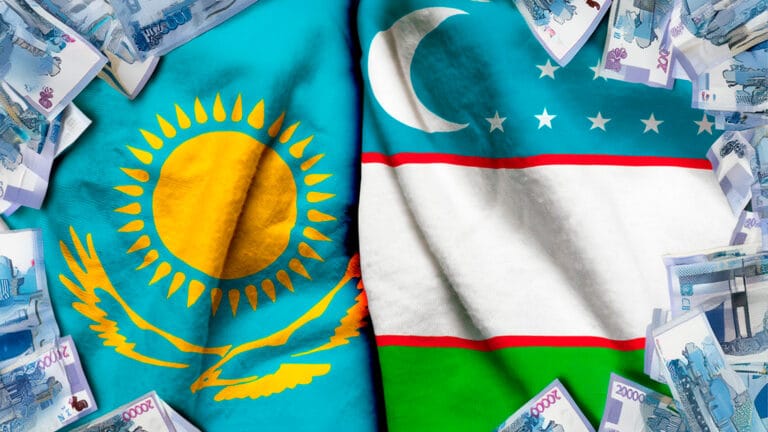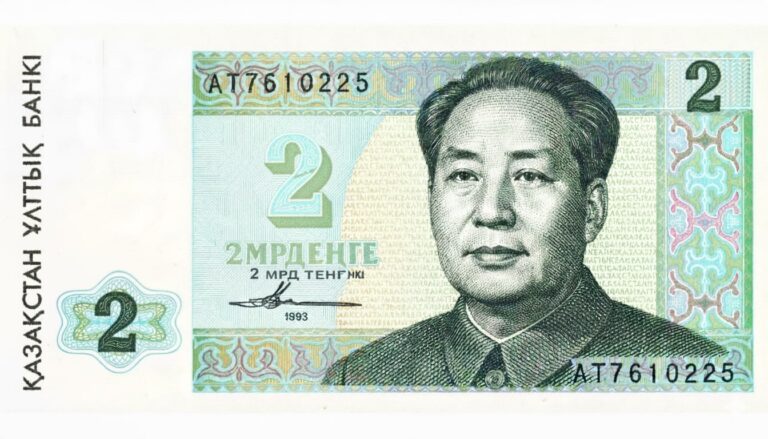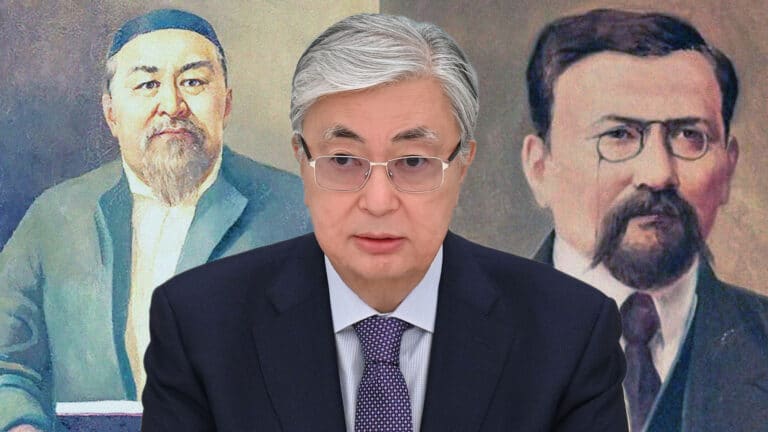
The upcoming UEFA Champions League match between Real Madrid and Kairat has already generated buzz both on social media and in real life, with crowds gathering at the airport and hotel to catch a glimpse of the La Liga club’s players. The luckiest fans even managed to get autographs from their idols. This is not a big surprise given that Real Madrid is a long-established club known worldwide, whereas Kairat is a Champions League debutant. Nevertheless, Kairat also has its own rich history, one that ultimately led to its match on Sept. 30.
Kairat traces its history back to 1954, when it was founded under the name Lokomotiv. In 1956, it was renamed Kairat. During the Soviet era, the club was a permanent participant in various football tournaments, including 24 seasons in the Higher League, the top tier of Soviet football. In 1986, Kairat achieved 7th place, its best result in the league.
In the 1960 season, Kairat embraced the so-called Brazilian system of 4-2-4, significantly improving its defense and earning the nickname «Kairat’s concrete» in the media and among fans. At the time, most other teams continued to use the tried-and-true 3-2-3 formation. The setup was so impressive that newspapers used the phrase in their headlines. In 1979, though, when Kairat lost to Leningrad’s Zenit, Smena magazine wrote: «The ‘concrete’ has cracked…»
The team also performed well in the Soviet First League, the second highest tier of the Soviet championship, becoming champion twice — in 1976 and 1983. Notably, in 1976, Kairat became the first Kazakhstani football club to win the championship in that league.
Kairat’s players also represented the Soviet Union national football team after going through a tough selection process. As a result, the team itself was widely regarded as successful. The USSR’s national results included 4th place at the World Cup, the title of European Champion in 1960, and three runner-up finishes in 1964, 1972 and 1988. Olympic achievements were also significant, with gold medals in 1956 at the Melbourne Games and in 1988 in Seoul. The first Kazakhstani player to be invited to the national team was Kairat defender Seilda Baishakov, who made his debut in a World Cup qualifier against Hungary in Budapest in 1978. Another notable figure was Evgeniy Yarovenko, who played as a half-back for Kairat and was a member of the gold medal-winning Soviet Olympic team in 1988 in Seoul.
Kairat has also been Kazakhstan’s national champion four times in 1992, 2004, 2020 and 2024. In 2025, the Almaty club reached a historic milestone by qualifying for the group stage of the UEFA Champions League.
Although Kazakhstan is not traditionally considered a football nation, there are still notable initiatives aimed at discovering young talents and helping them reach new heights. Kairat operates its own academy with over 1,000 trainees and organizes the Kairat League championship for young players aged 6 to 12, involving around 100 teams. Another important initiative is the Freedom QJ League, a project of the Kazakhstan Football Federation. It is a high-level competition for youth boys’ and girls’ teams from clubs and academies across Kazakhstan, with the winner earning the right to represent the country in the UEFA Youth League.













